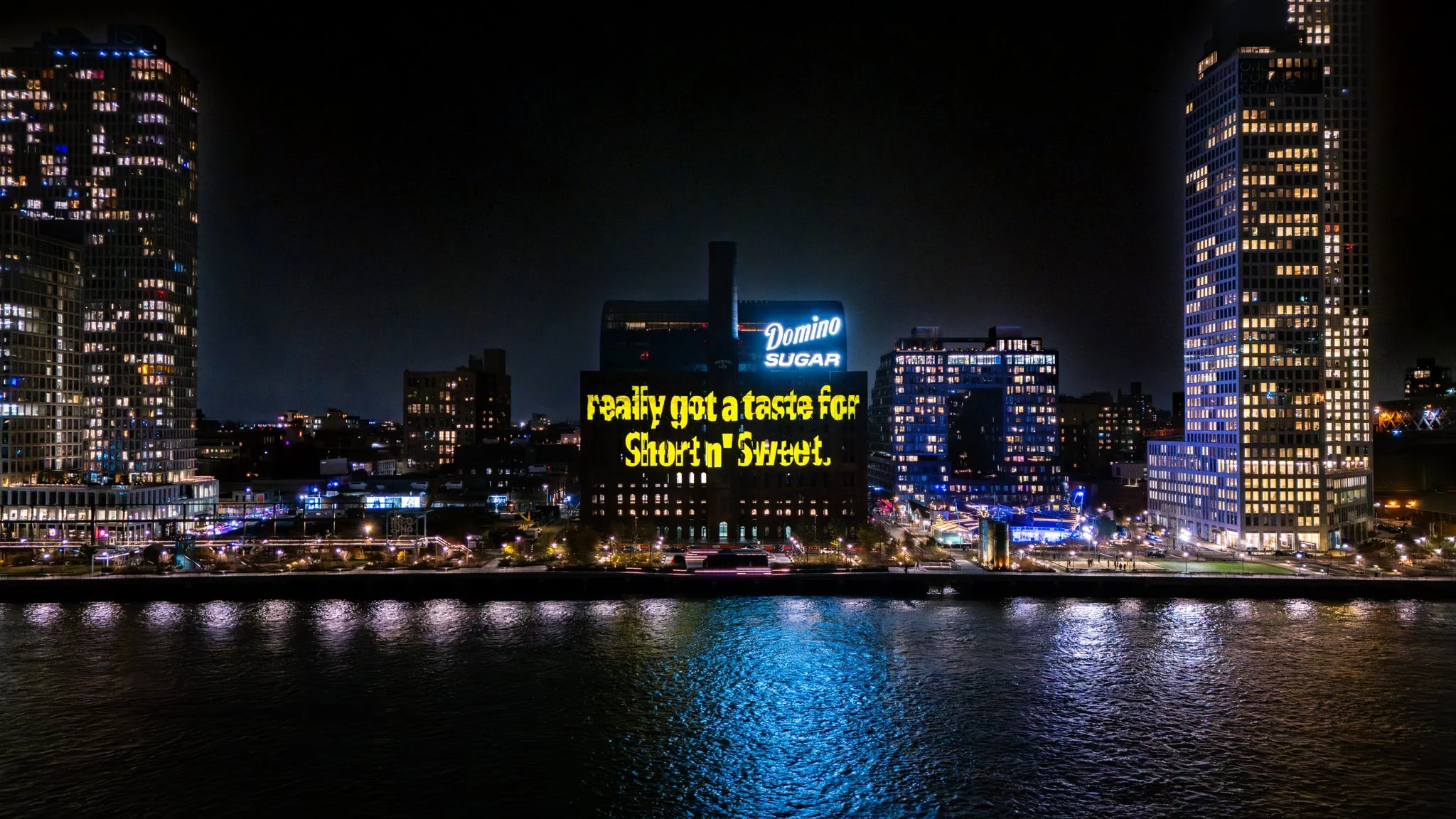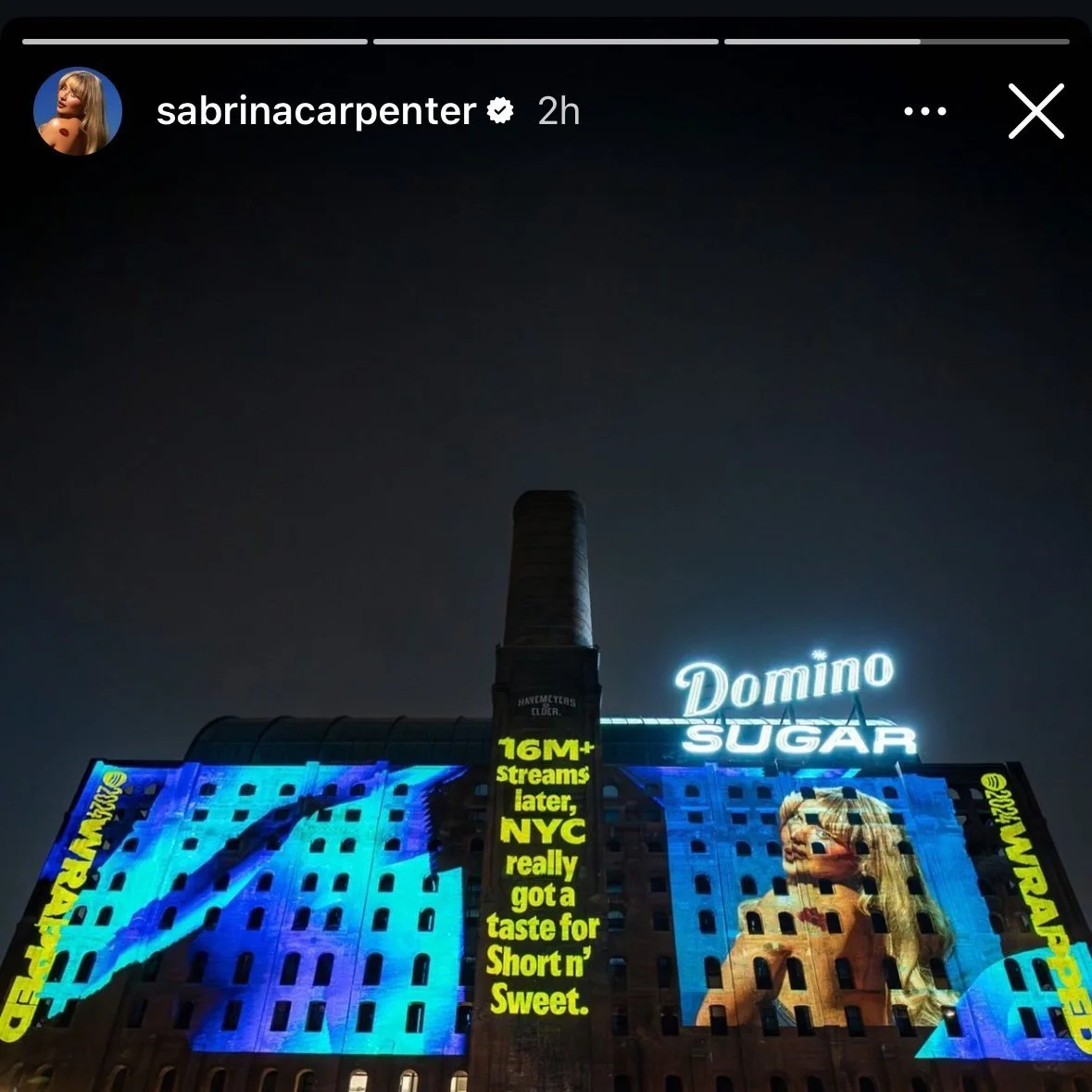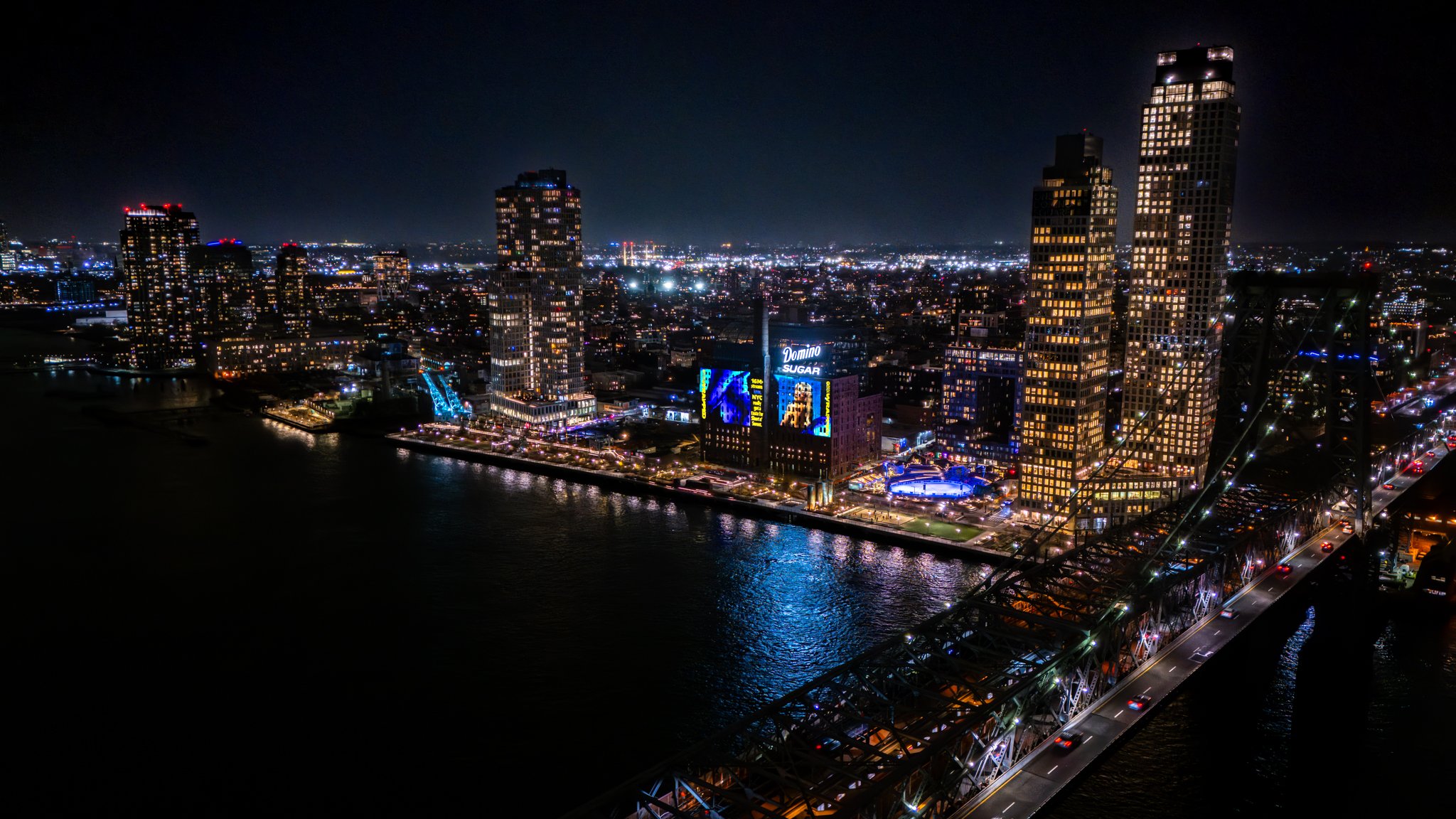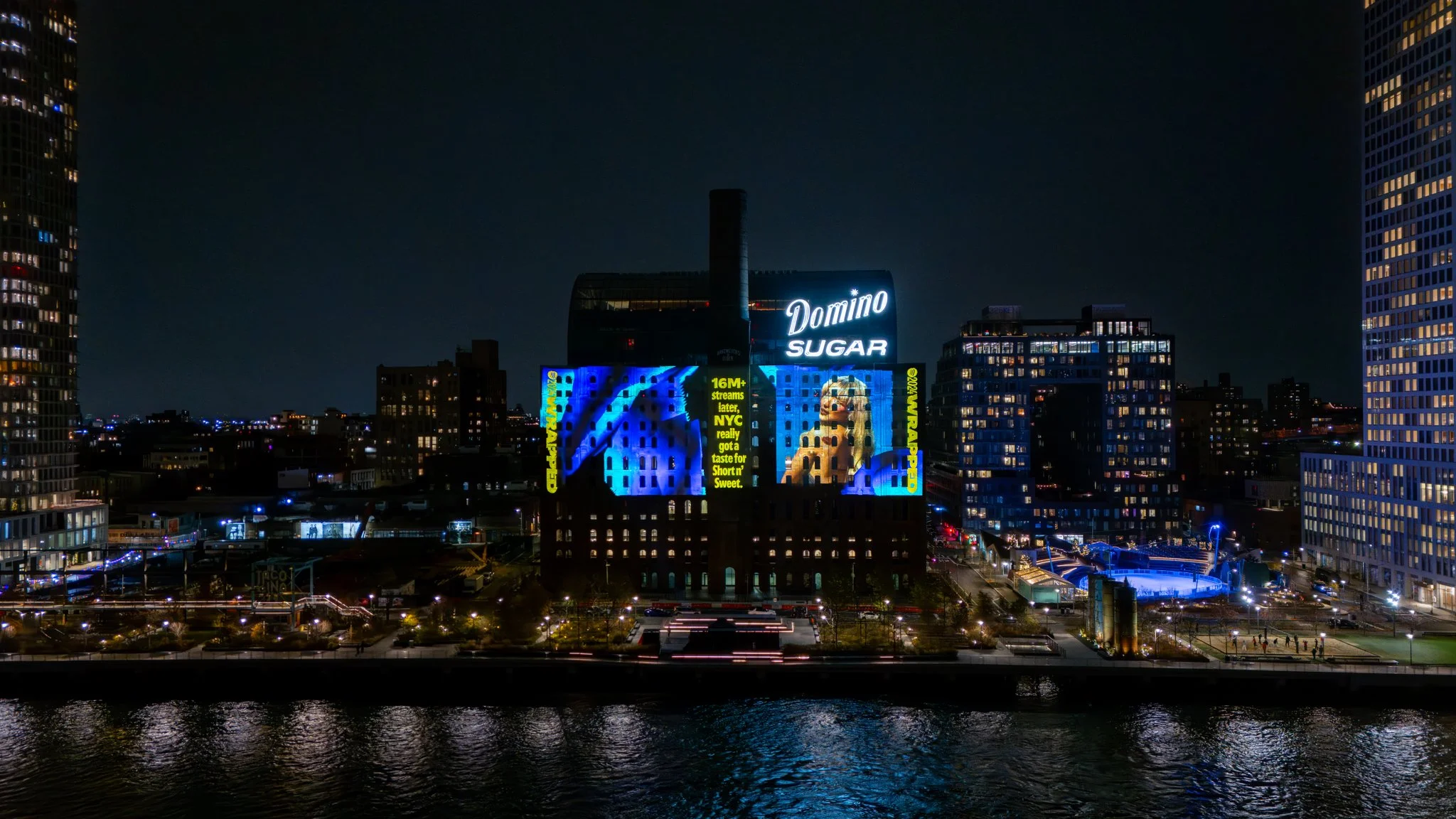
SPOTIFY WRAPPED 2024
Spotify Wrapped isn’t just a recap—it’s a culture check, and in 2024, we took it to the streets of NYC and LA with a campaign that turned neighborhoods into playlists. Through larger-than-life projections, we celebrated the city’s eclectic taste and proved that music is as much about where you are as what you’re listening to.
In the Lower East Side, we crowned Manhattan as NYC’s "Most Nasty Neighborhood," spotlighting the borough’s obsession with Tinashe's “Nasty.” Downtown in the Financial District, we played into the city’s TikTok-fueled humor with “Found Him?”—a nod to the 318k+ locals streaming “Man in Finance” by Billen Ted, David Guetta, and Girl on Couch. Over in Union Square, Emily Henry’s Funny Story made its mark with a projection adjacent to the iconic Strand Bookstore, recognizing its breakout success as a top 10 audiobook on Spotify.
Outside of NYC, in Hollywood, we highlighted Teddy Swims’ breakout hit Lose Control with a projection celebrating its massive local impact—streamed over 500 times by 600 people in the area. The placement seamlessly tied into the city’s reputation for storytelling, giving fans a cinematic nod to their love for the track.
But the showstopper? A jaw-dropping 262-foot-long projection on the Domino Sugar Factory in Williamsburg. Against the industrial backdrop of Brooklyn, Sabrina Carpenter’s “Short n’ Sweet” album came to life, celebrating her 16M+ NYC streams. Sabrina herself shared the campaign on Instagram to her 43.4 million followers, cementing its cultural reach.
Client: Spotify
Market: New York, NY & Los Angeles, CA
Media: Projection Advertising
This campaign wasn’t just advertising—it was a contextual flex. It captured the unique identity of NYC and LA neighborhoods, blending music and space in a way that felt personal and unforgettable. From projecting on iconic structures to hyperlocal cultural nods, Spotify Wrapped wasn’t just about streams—it was about making people feel seen and celebrating the artists, fans, and creators who defined 2024..
If this campaign proved anything, it’s that the future of OOH isn’t static. It’s alive, contextual, and louder than ever.










